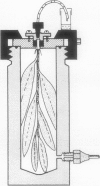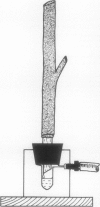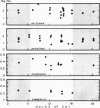Abstract
Freezing point depression in xylem sap of mangroves was found to range from 0.05 to 0.5°, in desert plants from 0.01 to 0.16°. In crush juices from leaves of Batis and Salicornia, 90% or more of the freezing point depression was made up of sodium and chlorine ions; in mangroves they constituted 50 to 70%, the rest probably being organic solutes. Plants growing in seawater have −30 to −60 atmospheres pressure in the xylem sap. As shown earlier, at zero turgor pressure the intracellular freezing point of the parenchyma cells matches closely the negative pressure in the xylem sap. This agrees with the present data, that the fluid which exudes from the xylem by applying gas pressure on the leaves is practically pure water; freezing point is rarely above 0.01 to 0.02°. To perform this ultrafiltration, the plasma membrane is subjected to a hydrostatic pressure gradient which in some cases may exceed 100 atmospheres.
Full text
PDF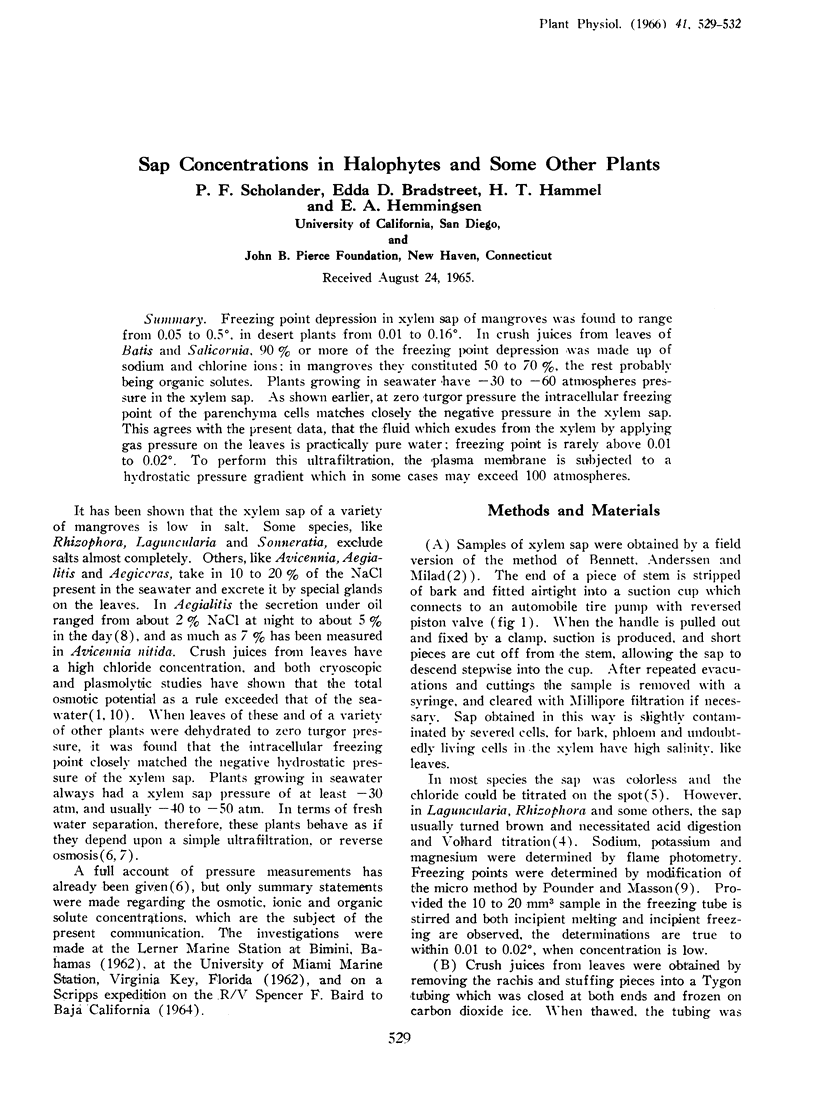
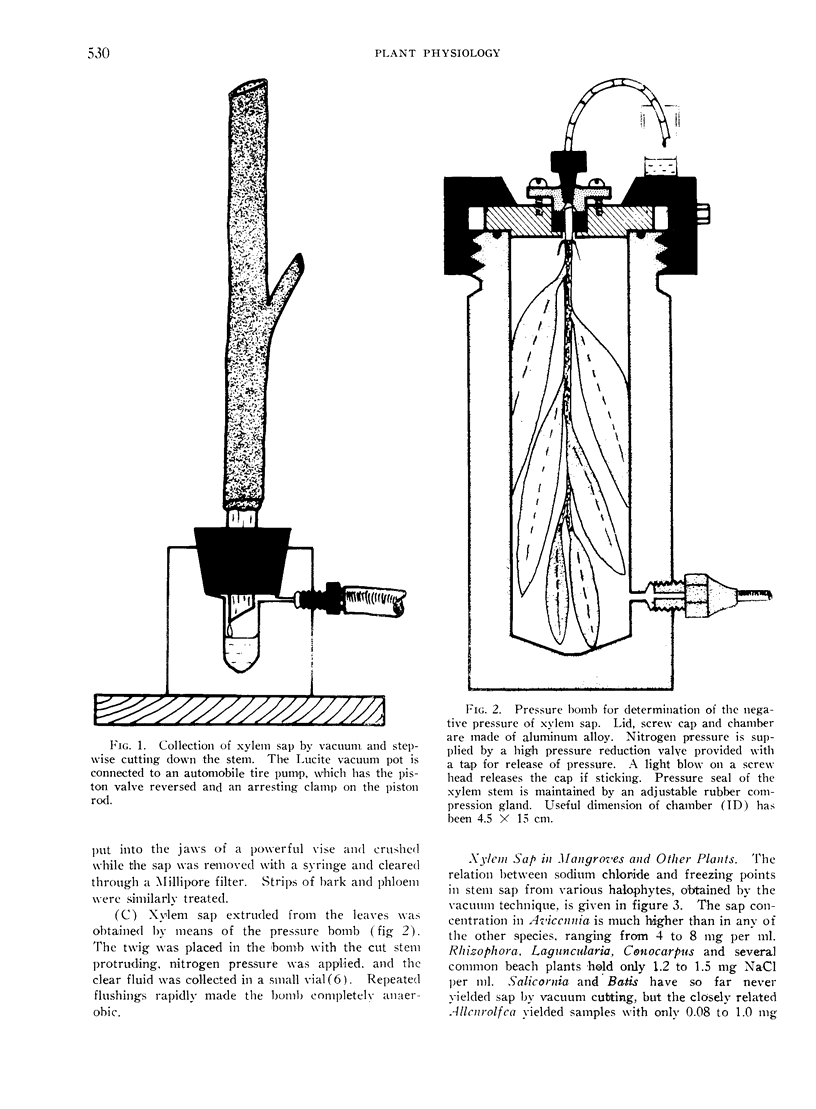
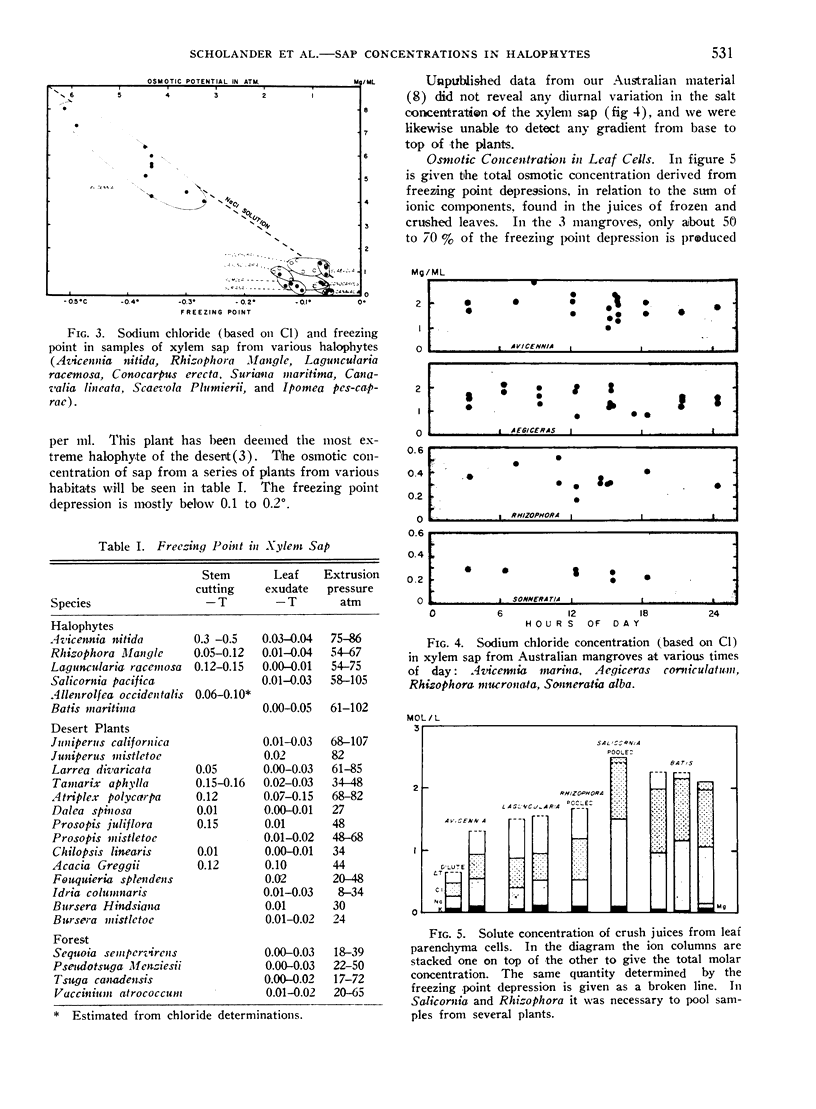
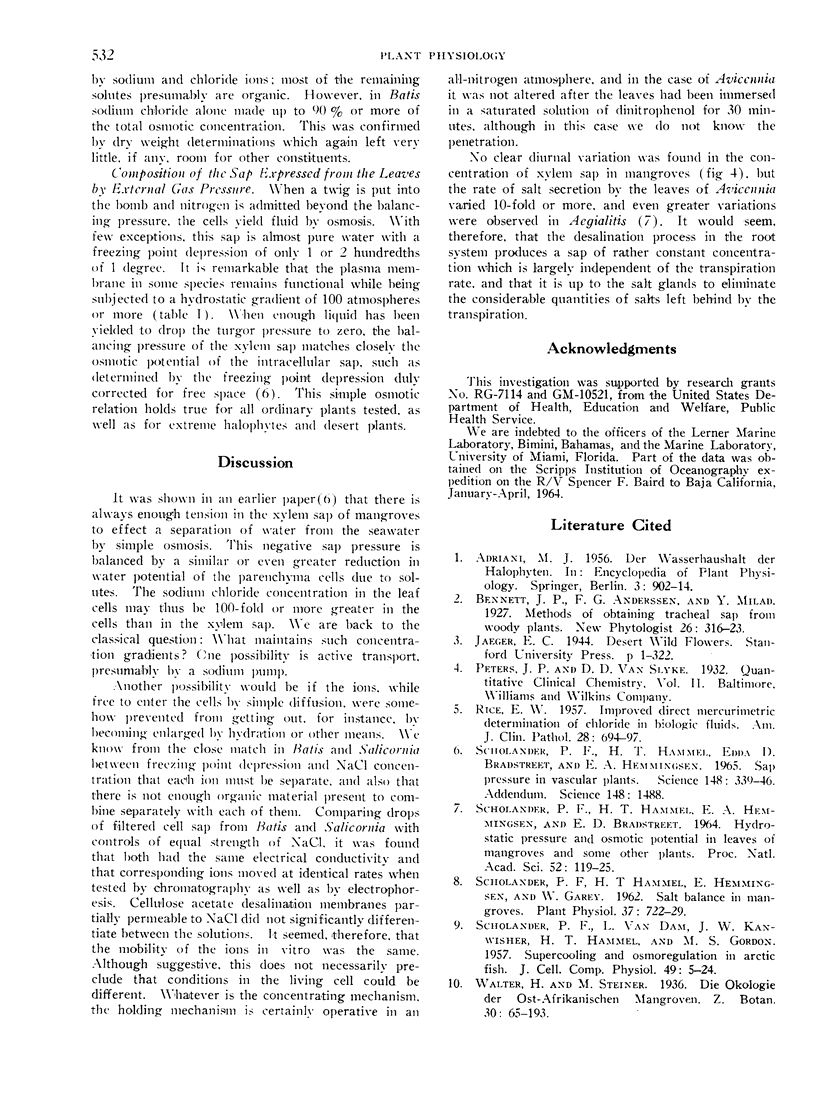
Images in this article
Selected References
These references are in PubMed. This may not be the complete list of references from this article.
- Scholander P. F., Bradstreet E. D., Hemmingsen E. A., Hammel H. T. Sap Pressure in Vascular Plants: Negative hydrostatic pressure can be measured in plants. Science. 1965 Apr 16;148(3668):339–346. doi: 10.1126/science.148.3668.339. [DOI] [PubMed] [Google Scholar]
- Scholander P. F., Hammel H. T., Hemmingsen E., Garey W. Salt balance in mangroves. Plant Physiol. 1962 Nov;37(6):722–729. doi: 10.1104/pp.37.6.722. [DOI] [PMC free article] [PubMed] [Google Scholar]



